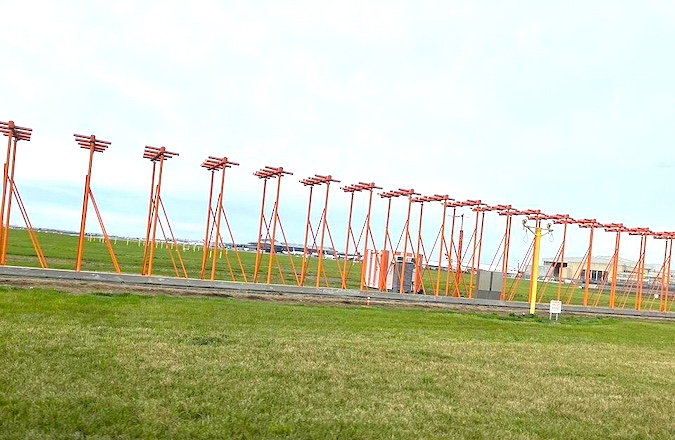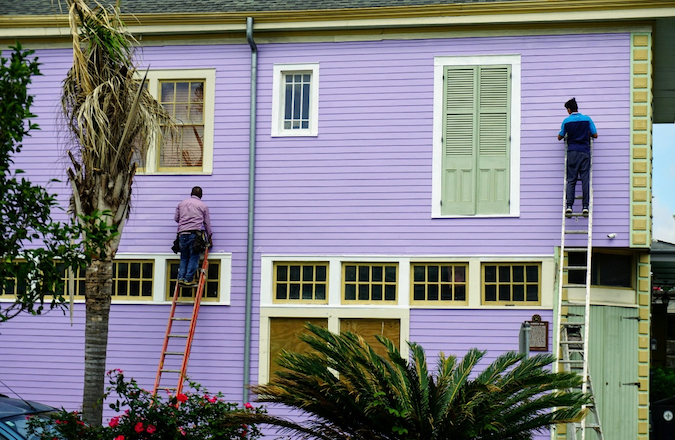Could Solar Farms Become Buzzing Biodiversity Hotspots?

A new study, published in Global Change Biology, looks at how solar farms across the UK could aid in bumblebee conservation. Researchers determined that compared to locations with plain turf, UK solar farms with wildflowers and biodiversity management might more than double the number of bumblebees within solar farms. [1]
Why the Buzz Matters
Bumblebees are facing difficulties. Due to adverse weather conditions, loss of habitat, and a lack of food, numbers fell sharply in 2024, making it their worst year on record. More than any other common bumblebee, the Red-tailed bumblebee has been severely impacted. Their population fell by 74% in 2024. [2] The loss of bumblebees has a negative impact on farmers, wildlife, and the food we eat; they pollinate everything from clover to tomatoes.
Why Developers Should Care
This is a huge opportunity for solar developers and landowners. In addition to being aesthetically pleasing, wildflower management enhances a project’s ESG (Environmental, Social & Governance) credentials, increases biodiversity, and supports nearby agriculture. Solar farms by themselves cannot save Britain’s bee population, but they can contribute to the answer. We can establish areas where nature and renewable energy coexist peacefully with a few changes to land management. [4]
Within solar farms, targeted management initiatives can boost the diversity and richness of significant pollinator groups. For instance, bumblebee populations could increase by up to four times when solar farms are run like wildflower meadows instead of turf grass. [6] Solar farms that offer more foraging options, like a greater variety of blooming plant species, have also been associated with increased pollinator biodiversity. Furthermore, more individuals and species were found on solar farms run with a stronger emphasis on biodiversity, according to data from Solar Energy UK Solar Habitat studies. [5]
What Can be Done?
The Lancaster University-directed study simulated more than a thousand solar farms in the UK and determined that “well-managed” sites could transform into bee havens. The Solar Energy UK Briefing outlines a number of management recommendations directed towards solar developers.
- Foraging resources: Plant or maintain hedgerows, offer a variety of important flowering grassland species, and guarantee seasonal access to food supplies.
- Reproductive resources: Make a variety of breeding, nesting, and reproductive supplies available. This includes a mixture of woody and herbaceous hedgerow species, which act as a shelter for breeding pollinators.
- Site management: Reduce the use of agrochemicals, develop or sustain variation in vegetation structure; graze, cut, or mow at moderate intensity and late in the season.
- Climate: To lessen the effects of climate change on pollinators, create a variety of microclimates, such as bare ground, tall vegetation and hedgerows.
- Landscape: Promote relationship to semi-natural habitat by taking into account the surrounding landscape and its effects on the environment. To encourage a landscape scale approach, for instance, hedgerows may be established or margins in nearby fields could be left uncultivated and sown with blooming plant species that pollinators use.
It turns out that bees and solar panels work quite effectively together. The flowers beneath produce pollen and nectar, and the panels offer wind protection and shaded microhabitats. [7] So the next time you pass a solar farm, consider “bee sanctuary” instead of just “clean energy.” Because something tiny and fuzzy could be extremely busy beneath those panels.
About Pager Power
Pager Power undertakes technical assessments for developers of renewable energy projects and tall buildings worldwide.
For more information about what we do, please get in touch.
References
[1] Docter Loeb, H. Could the UK’s solar farms provide a refuge for bumblebees?, euronews. Available at: https://www.euronews.com/green/2025/10/10/well-managed-solar-farms-could-help-boost-declining-bumblebee-populations-in-the-uk-new-st[2] Bumblebees in crisis (2025) Bumblebee Conservation Trust. Available at: https://www.bumblebeeconservation.org/crisis/
[3] Олександр К (September, 2024) from Unsplash. Available at: https://unsplash.com/photos/a-bee-is-sitting-on-a-yellow-flower-1aFJzZgFbW8
[4] Blaydes, H. et al. (2024) 2024 briefing | promoting pollinators on solar farms, Solar Energy UK Briefing. Available at: https://solarenergyuk.org/wp-content/uploads/2024/05/2024-Briefing-Promoting-pollinators-on-solar-farms.pdf [5] Solar Energy UK (2023) Solar Habitat: Ecological trends on solar farms in the UK. https://solarenergyuk.org/wp-content/uploads/2023/05/Solar-Energy-UK_-Habitat-Report2023.pdf. [6] Blaydes, H. et al. (2025) ‘Solar Farms as potential future refuges for Bumblebees’, Global Change Biology, 31(10). doi:10.1111/gcb.70537. [7] Blaydes, H. et al. (2022) Solar park management and design to boost bumble bee populations. Environmental Research Letters, 17(4), 044002. http://dx.doi.org/10.1088/1748-9326/ac5840.







